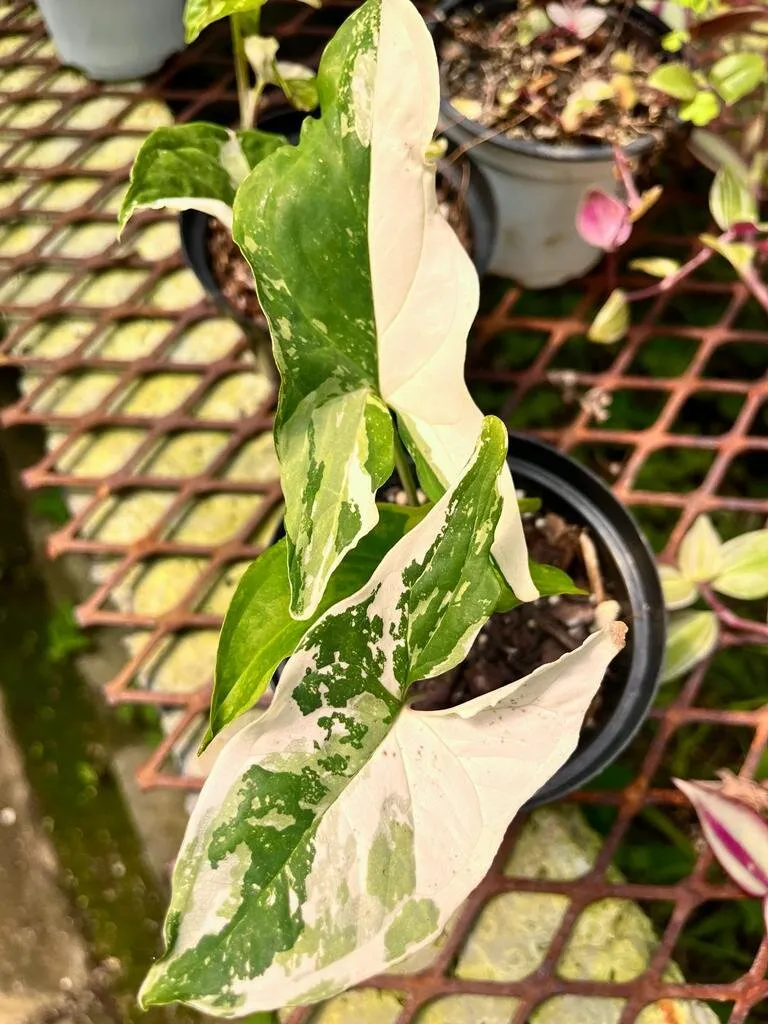Variegata Tarantula Care Tips
The Variegata tarantula, a captivating creature in the arachnid world, presents a unique opportunity for pet enthusiasts. However, their care requires knowledge and dedication. This guide provides the top 5 essential care tips to ensure a healthy and thriving Variegata tarantula. These majestic spiders, with their intricate patterns and captivating behaviors, deserve a habitat that mirrors their natural environment and a diet that meets their nutritional needs. Understanding these crucial elements is the first step toward providing your tarantula with a fulfilling life. Proper care isn’t just about survival it’s about providing an environment where they can thrive, exhibit their natural behaviors, and bring joy to your life as a pet owner.
Creating the Perfect Habitat
Creating a suitable habitat is paramount to the well-being of your Variegata tarantula. A well-designed enclosure mimics their natural environment and caters to their specific needs. This involves considering factors like size, substrate, ventilation, temperature, and humidity. The setup should be spacious enough for the tarantula to move comfortably, with ample hiding places to reduce stress. The substrate should retain moisture while allowing for burrowing, and the ventilation system should ensure proper airflow without compromising humidity levels. By paying close attention to these aspects, you create a comfortable and stimulating environment for your pet tarantula.
Choosing the Right Enclosure
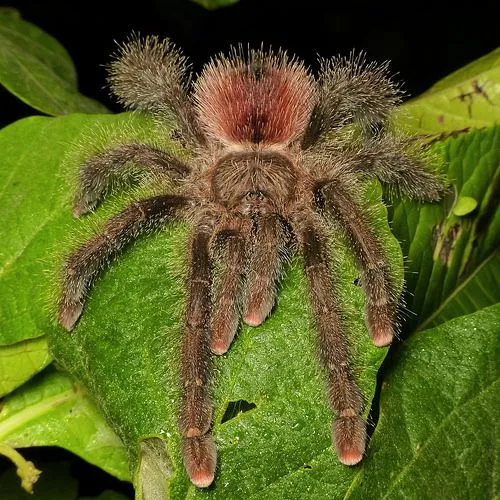
Selecting the appropriate enclosure is the foundation of a good Variegata tarantula habitat. The size of the enclosure should be proportionate to the spider’s size, allowing ample space for movement and exploration. A general rule of thumb is to provide a terrarium that is at least three times the tarantula’s leg span in width. The enclosure should also be escape-proof with a secure lid to prevent accidental escapes. Glass or acrylic terrariums are suitable options, offering good visibility and ease of maintenance. Ensure the enclosure is designed with ventilation in mind, avoiding stagnant air which can lead to mold growth and respiratory issues for your tarantula. Choose a terrarium that is easy to access for feeding, watering, and cleaning.
Substrate Selection
The substrate you choose will play a vital role in maintaining the humidity levels and providing a comfortable environment for your Variegata tarantula. The ideal substrate should hold moisture without becoming overly saturated, allowing the tarantula to burrow and creating a natural feel to the habitat. A mix of coco fiber, peat moss, and a small amount of vermiculite or sphagnum moss is a good combination. Coco fiber is excellent for moisture retention, peat moss offers a natural feel, and vermiculite aids in aeration. Avoid substrates that are too dusty or contain chemicals. The depth of the substrate should be sufficient to allow for burrowing behavior, which is a natural instinct for many tarantula species.
Providing Adequate Ventilation
Ventilation is a crucial aspect of the Variegata tarantula’s habitat that is often overlooked. Proper airflow helps prevent the buildup of stale air, mold, and bacteria, which can be harmful to the tarantula’s health. A well-ventilated enclosure maintains healthy humidity levels and prevents respiratory problems. Ventilation is best achieved through a combination of cross-ventilation and top ventilation. Cross-ventilation involves air entering from one side and exiting through another, while top ventilation allows for the release of excess moisture. The design of the enclosure should facilitate good airflow without compromising the humidity levels required by the tarantula. Ensure there are no stagnant pockets of air and clean the enclosure regularly to prevent the accumulation of dust and debris that could obstruct ventilation.
Maintaining Optimal Temperature and Humidity
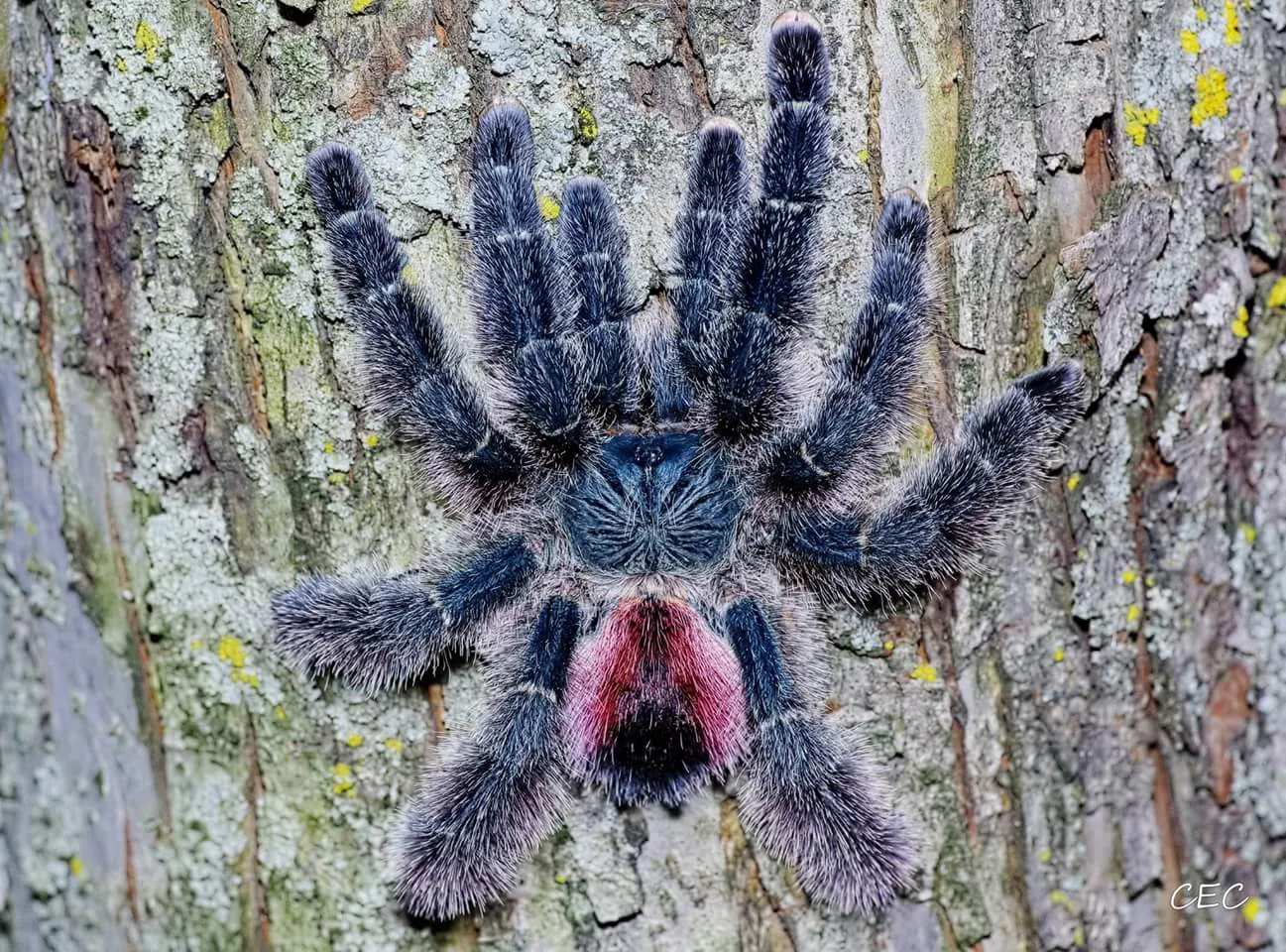
Maintaining the right temperature and humidity levels is critical for the health and well-being of your Variegata tarantula. These factors significantly impact their molting process, appetite, and overall activity levels. The ideal temperature range for most tarantulas is between 75 to 85 degrees Fahrenheit. Monitoring the temperature using a thermometer is essential, and you may need to use a heat source, such as a heat mat or a ceramic heat emitter, to maintain the desired temperature in cooler environments. Humidity levels typically need to be around 60 to 70% for many species. Regular misting of the enclosure with a spray bottle, along with the use of moisture-retaining substrate, helps to maintain the appropriate humidity. Using a hygrometer to measure humidity levels is highly recommended, enabling you to make necessary adjustments to maintain the optimal environment.
Feeding Your Variegata Tarantula
A well-balanced diet is crucial for the health and growth of your Variegata tarantula. Their diet in the wild typically consists of insects and other small invertebrates. Providing a variety of appropriately sized prey ensures they receive the necessary nutrients for optimal health. Overfeeding should be avoided, as it can lead to health problems. Regularly monitoring your tarantula’s eating habits and adjusting the feeding schedule accordingly is essential. Ensuring the prey items are properly sourced and free of pesticides is also of utmost importance, and it safeguards your pet’s health. The frequency of feeding can vary based on the tarantula’s age, size, and molting cycle.
Appropriate Diet and Feeding Schedule
The diet of a Variegata tarantula primarily consists of insects. Crickets, mealworms, roaches, and other commercially available feeder insects are all suitable options. The size of the prey should be appropriate for the size of the tarantula; a good rule of thumb is to offer prey that is no larger than the tarantula’s body. It’s generally better to feed live prey, as this triggers the tarantula’s natural hunting instincts. Young tarantulas may need to be fed more frequently, perhaps 2–3 times a week, whereas adults can be fed once a week or less. Remove any uneaten prey within 24 hours, as they can stress the tarantula and potentially injure it during molting. Always ensure that the insects are from a reliable source to avoid exposing your tarantula to parasites or pesticides.
Watering and Hydration
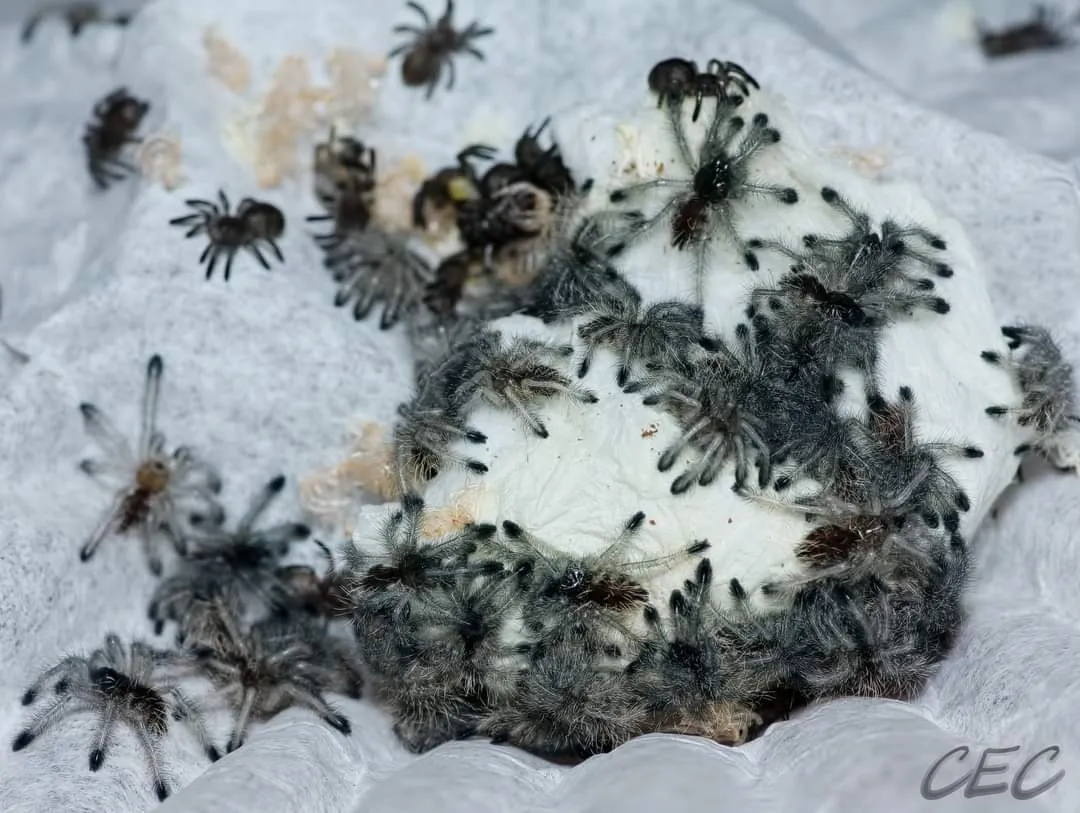
Providing a clean source of water is essential for the health of your Variegata tarantula. Water helps in their molting process and maintains their overall health. A shallow water dish filled with fresh water should always be available in the enclosure. The dish should be shallow enough to prevent the tarantula from drowning. Regularly clean and refill the water dish to prevent the buildup of bacteria and ensure the water stays fresh. You may also mist the enclosure with water periodically to maintain humidity levels, especially during the molting process. Monitoring your tarantula’s hydration by observing its behavior and ensuring that the water dish is clean and accessible is part of being a responsible pet owner.
Handling and Safety
While Variegata tarantulas are generally not aggressive, caution is always advised when handling them. Their venom is typically not life-threatening to humans but can cause discomfort. Handling should be kept to a minimum and approached with care to prevent stressing the tarantula. Knowing how to handle your tarantula correctly and understanding its behavior can greatly minimize risks. Prioritizing your safety and the tarantula’s well-being while handling, demonstrates responsible pet ownership and strengthens your bond with your pet. Be mindful of sudden movements and use gentle techniques to safely interact with your tarantula.
Safe Handling Practices
If you choose to handle your Variegata tarantula, do so with care and caution. Always handle them close to the ground to prevent injuries if they fall. Avoid sudden movements or loud noises that might startle them. Use a soft, gentle approach, allowing the tarantula to walk onto your hand. Never force the tarantula to move or grab it, as this can be stressful and may provoke a defensive reaction. Always wash your hands thoroughly before and after handling the tarantula. Teach children the importance of respecting the tarantula and how to handle it with care under adult supervision. It is recommended to handle a tarantula only if necessary, such as for cleaning the enclosure or health checks.
Recognizing Stress Signals

Understanding your Variegata tarantula’s behavior can help you determine whether it’s stressed or not. Stress signals may include a defensive posture, such as raising its front legs or showing its fangs. The tarantula might also flick hairs from its abdomen (urticating hairs) as a defense mechanism. Rapid movement or erratic behavior can also indicate stress. If you observe these signs, it’s important to give your tarantula space and allow it to calm down. Providing a quiet and secure environment with plenty of hiding places can significantly reduce stress. Regular observation and understanding your tarantula’s behavior are keys to providing the best possible care and preventing unnecessary stress.
Health and Common Issues
Like any pet, Variegata tarantulas can encounter health issues. Being able to identify and address potential problems early can ensure a longer, healthier life for your tarantula. Understanding common health concerns, such as mites, injuries during molting, or fungal infections, is crucial for responsible tarantula ownership. Knowing the signs of these issues enables you to act quickly and seek advice from a knowledgeable veterinarian or experienced tarantula keeper. Regularly inspecting your tarantula and maintaining optimal living conditions are key to preventing these health problems and ensuring your pet thrives.
Identifying Potential Health Problems
Regularly inspect your Variegata tarantula for any signs of health issues. Look for changes in behavior, such as lethargy or loss of appetite. Examine the tarantula for any physical abnormalities, such as injuries, swelling, or discoloration. Watch for parasites, such as mites, which can often be seen as tiny moving specks on the tarantula’s body. Problems during the molting process, where the tarantula struggles to shed its old exoskeleton, may be another indication of health problems. If you notice any of these signs, take immediate action. Seek the advice of a veterinarian experienced in exotic pets or consult an experienced tarantula keeper for guidance. Early detection and intervention are critical for the treatment of potential health problems.
Preventative Measures
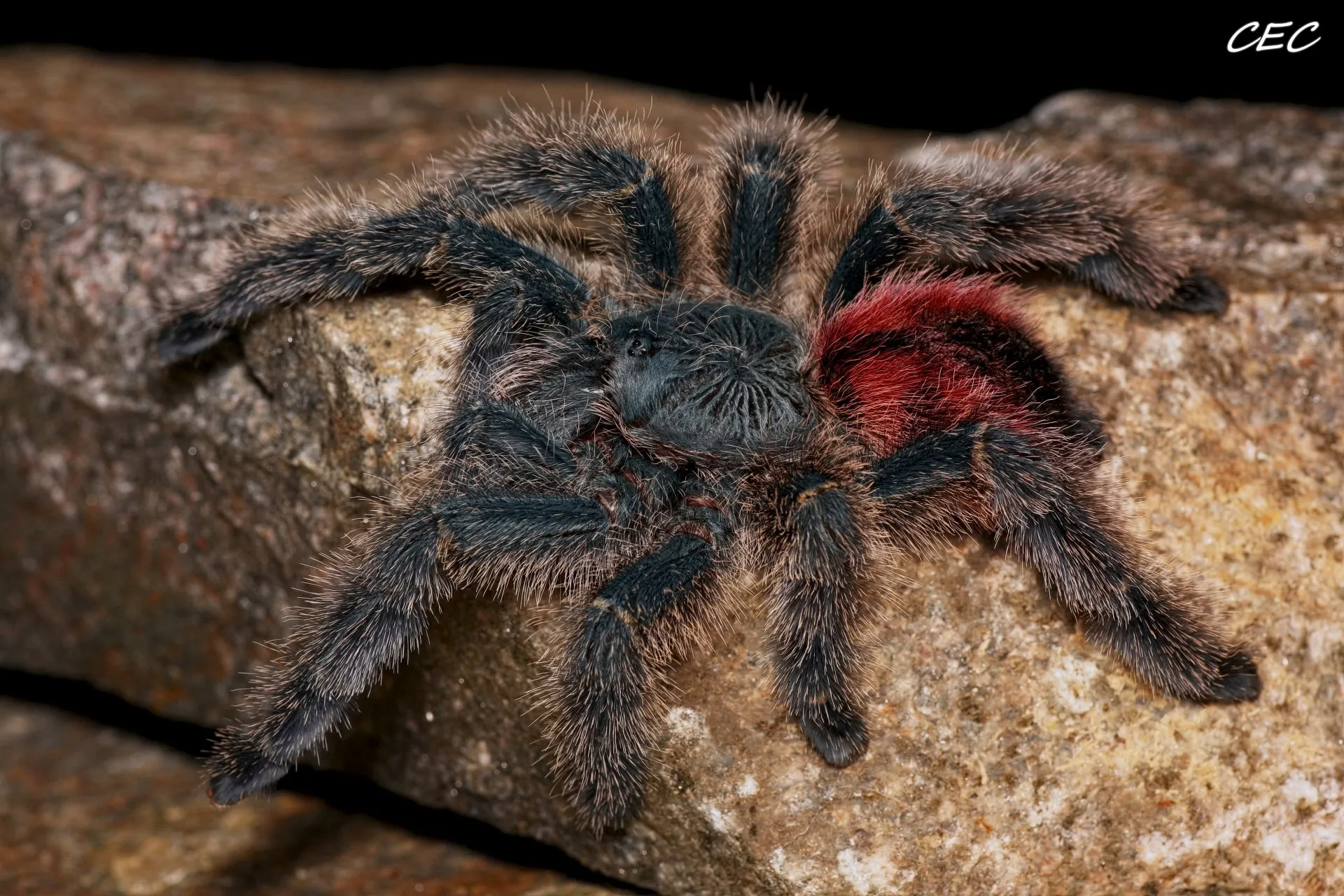
Taking preventative measures is the most effective way to maintain the health of your Variegata tarantula. Maintaining a clean and well-maintained enclosure is of utmost importance. Regularly remove any uneaten food and waste to prevent the growth of mold and bacteria. Ensure proper ventilation and optimal temperature and humidity levels within the enclosure. Provide a varied and nutritious diet, and avoid overfeeding. Quarantine new tarantulas before introducing them to your existing collection. Practice good hygiene, washing your hands thoroughly before and after handling the tarantula or cleaning the enclosure. Taking proactive steps and being vigilant in your care routine helps to minimize the risk of health problems and promotes the well-being of your pet tarantula. Prioritizing their health, ensures many years of enjoyment and companionship with your Variegata tarantula.
